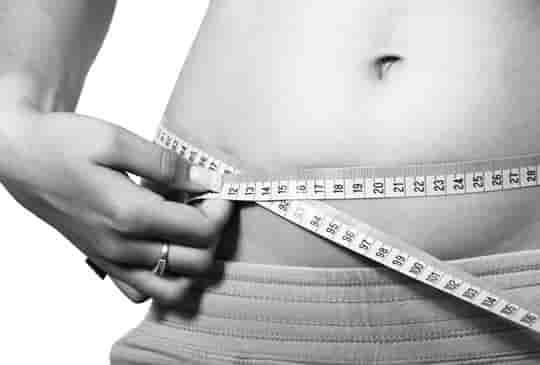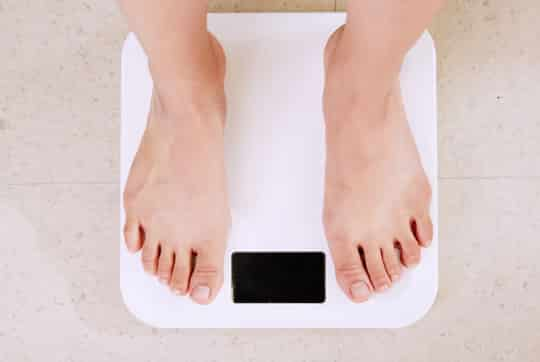A proven way to lose weight without diet or exercise.
Replacing some high-carb foods to low-carb alternatives can lead to 20 pounds in weight loss, recent research finds.
The weight loss can be achieved without doing more exercise or reducing calorie intake.
The reason is that a low-carb diet helps people burn more calories without extra exercise.
Foods that can be minimised in the diet include starch vegetables, pasta, bread and anything that is very sugary.
Foods to be maximised include leafy green vegetables, fish, lean meats, nuts and eggs.
The conclusions come from a study that tested how people can best maintain their weight loss in the long-term.
The results showed that changing from carbohydrates to different food groups was a good way to maintain weight loss.
David Ludwig, , study co-author, said:
“This is the largest and longest feeding study to test the ‘Carbohydrate-Insulin Model,’ which provides a new way to think about and treat obesity.
According to this model, the processed carbohydrates that flooded our diets during the low-fat era have raised insulin levels, driving fat cells to store excessive calories.
With fewer calories available to the rest of the body, hunger increases and metabolism slows — a recipe for weight gain.”
The study included 164 adults who had already lost 10 percent of their body weight.
They were put on diets containing either 60, 40 or 20 percent carbs.
The results showed that people on the low-carb diet ended up burning an additional 250 calories per day more than those on the high-barb diet.
Dr Cara Ebbeling, the study’s first author, said:
“If this difference persists — and we saw no drop-off during the 20 weeks of our study — the effect would translate into about a 20-pound weight loss after three years, with no change in calorie intake.”
Among people who secrete the most insulin, the difference between the groups was even more pronounced.
Those secreting high amounts of insulin burned an extra 400 calories per day.
Dr Ebbeling said:
“Our observations challenge the belief that all calories are the same to the body.
Our study did not measure hunger and satiety, but other studies suggest that low-carb diets also decrease hunger, which could help with weight loss in the long term.”
The study was published in the BMJ (Ebbeling et al., 2018).










